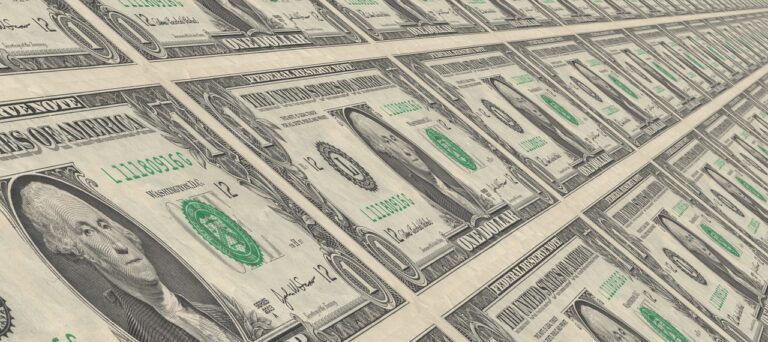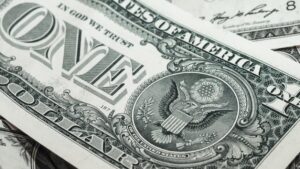Those who are approaching the world of investments will certainly have come across or will come across some items categorised under the term ‘securities’.
These are those bonds referring to securities that are sold by financial institutions, governments or companies, to buyers all over the world. These are called securities because they are created after a process called “securitisation“.
Table of Contents
What is the securitisation process?
To fully understand what securities are, we need to take a step back and delve into the mechanism of securitisation. We speak of securitisation when an investment bank bundles together various loans or assets of private individuals, public entities or companies and transforms them into a bond. This is sold to investors through specially created special purpose vehicles called SPVs (Special Purpose Vehicles).
The purpose of securitisation is to transform non-marketable assets – such as receivables – into marketable securities. An example of a non-negotiable asset is a loan taken out by an individual from a bank.
To be more precise, securitisation is a three-step process:
- the bank transfers the receivables of its customers that it wants to securitise into an SPV, usually owned by the bank;
- the SPV buys these loans, bundles them and creates securities, which are sold on the market to other investors;
- the bank, with the cash flow generated by the sale of the securities, pays back those who subscribed to the securities.
The advantages of securities
The first advantage for those who issue securities is to have liquidity in a very short time. Which is especially useful for investment needs. If, in fact, the issuing bank invests the proceeds of the securities, it can obtain immediate earnings with contained risks.
It must, however, be careful not to create a vicious circle, as happened with the subprime mortgage crisis of 2007. Moreover, after the sale of these securities, the bank can concentrate on the credit issuing process, without the need to also work on customer collections.
The dark side of securitisation: the subprime crisis
The case of the subprime crisis of 2007 is an example of the risky use of securities and securitisation processes. In the 2000s, banks in the US had started to bundle and securitise US household mortgages.
This mechanism allowed them to sell securities and have the mortgage receivables available quickly, without waiting the 10, 20 or 30 years for collection. Thanks to the money collected from securities, the banks put more and more mortgages on the market. Bank issued mortgages with less and less collateral, creating a vicious circle. In fact, they also securitised and resold these mortgages.
Thanks to these securitisations, banks generated many more complex financial products, traded on unregulated markets. At the same time, the supervisory bodies did not supervise properly.
In 2004, the Federal Reserve started to gradually raise interest rates as the US economy was improving. With the rise in interest rates, mortgages inevitably rose as well. This led to an increase in the number of defaults by families who could no longer pay their mortgages because they were too expensive.
The banks therefore found themselves in a complex situation. On the one hand they were seeing an increase in insolvencies and on the other hand the real estate market was slowing down. This situation then led to the subsequent bursting of the real estate bubble.
In this context, securities gradually lost their value, sending the SPVs and, consequently, the banks that had created them, into bankruptcy. This was the chain effect that led to the 2007 financial crisis, one of the triggers of which was the misuse of securitisation.
Read also: World stock market indices: what they are and what they measure












